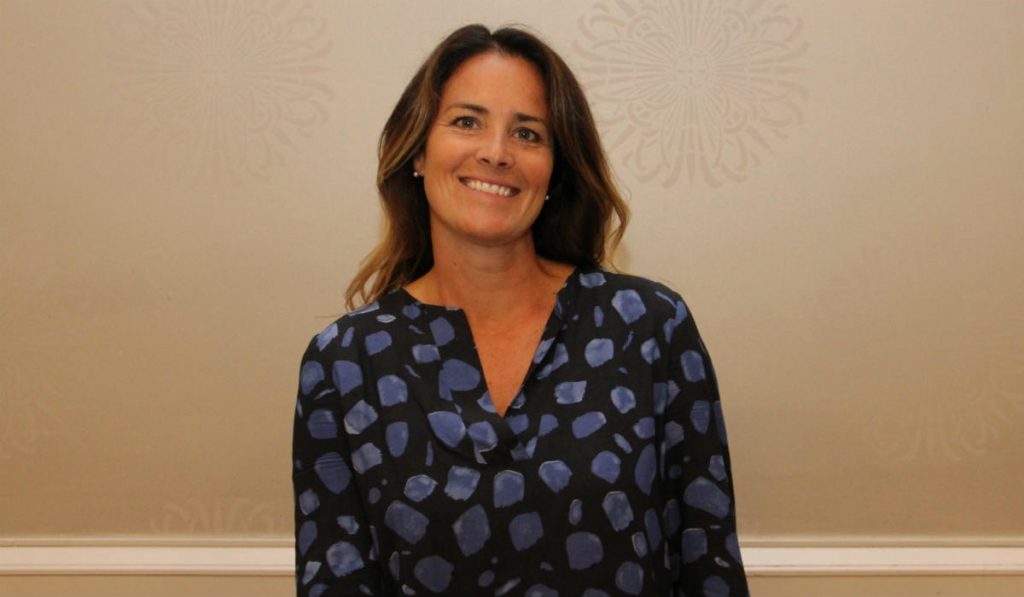
News
Corporate crew training
What does Crew Resource Management mean to Canadian operators and business aviation? How are new Transport Canada regulations going to affect our business? These are two questions on the minds of corporate aviation companies.
May 15, 2018 By Jacqueline Bailey
 Jacqueline Bailey What does Crew Resource Management mean to Canadian operators and business aviation?
Jacqueline Bailey What does Crew Resource Management mean to Canadian operators and business aviation?Crew Resource Management (CRM) was brought into aviation to be an effective tool for better communications. CRM training encompasses a wide range of knowledge, skills and attitudes including communications, situational awareness, problem solving, decision making and teamwork; together with all of the attendant sub-disciplines, in which each of these areas entail. CRM can be defined as a system that utilizes resources to promote safety within the workplace. CRM began in the late 1970s, but, at that time, it was termed Cockpit Resource Management.
Later, this term was generalized to Crew Resource Management, as a concept that was intended to foster a less authoritarian cockpit culture. This culture was primarily amongst the commercial workings of aviation, but soon it was realized that all aspects of aviation could benefit. This brings us to where we are today. The requirements of CRM have evolved; Transport Canada’s advisory circular has implemented new requirements for CRM training. The new requirements for CRM training become effective January 31, 2019, so it is imperative to begin addressing the new standard.
What are some solutions for corporate aviation companies? In a proactive approach, Sterling/ICFS Aviation Group is building the framework for the newly required CRM training for Canadian air operators. The development of this training, and research involved, is directly in line with the cabin safety efforts put forth by the Canadian Business Aviation Association (CBAA) to assist operators in achieving compliance with the currently active Advisory Circular.
The purpose of the newly required CRM training is in response to the Transportation Safety Board of Canada’s recommendation that Transport Canada Civil Aviation require commercial air operators to provide Contemporary Crew Resource Management for Subpart 703 and Subpart 704.
TCCA-industry focus group recommended that 10 items replace the current CRM standard found in subsection 725.124 (39) of the Commercial Air Standards (CASS) and that the same standard would apply for Subpart 702, 703 and 704 Operations, and that these air operators add a CRM program to their current training curriculum.
The TSB determined that “human factors are the primary cause in a large percentage of aircraft fatalities, especially under subpart 703 and 704 operators”.
The TSB figures showed a decreased rate of two accidents in 2014, but unfortunately this rose to three in 2015. The definition of Contemporary CRM integrates technical skills development with communications and crew coordination training and operational risk management by applying threat and error management concepts.
Sterling/ICFS Aviation Group is working on developing an effective training solution based on e-learning and classroom facilitation.
CRM is not a static concept but rather an evolving plan. To deliver the required knowledge in an e-learning environment, much the same as with the current flight attendant training program called New Heights, it provides the crew member a forward learning approach to the hands-on requirements. Resulting in a more readily preparedness with less wasted valuable scheduling time.
Threat and error management, communications, situational awareness, pressure and stress, fatigue, workload management, decision making, leadership and team building, automation and technology management and, lastly, relevant case study are all subjects required. Learning is not linear, it’s lively. To incorporate virtual reality is the end goal.
When thinking of resolving conflict, a key point to CRM, passive or aggressive personalities come into play. When confronting a captain or senior management personnel, words such as intimidated or job security may enter their minds. Expressing concern, stating the problem, proposing a solution and concluding a decision are good question markers to attain. These concerns and personalities are evident in all sizes of operations, whether commercial or private.
Team building and leadership are valuable lessons, and are found to be more effectively learned when coming from a third party. In other words, management personnel can also learn how to be effective leaders, and can be critiqued or be offered suggestions from someone outside of their inner circle.
Stress and fatigue are a reality in aviation. In corporate aviation, flight departments are dealing with time-sensitive matters, and often trips that involve different time zones, languages. All of this adds up to varying levels of stress and fatigue. How do we internalize this? Are we effective in our communications? Are we completing our goals on time? An acronym of TRIM can be used: Talk to each other, Respect each other, Initiate action, and Monitor results. If we all comply, we have the synergies of a well communicated crew.
An example of positive CRM in corporate aviation is one that we are faced with regularly, namely alcohol in the workplace. Crew communication when serving alcohol is imperative as the customer’s safety is the crew’s responsibility.
On a corporate aircraft, alcohol is more readily available and this can lead to unruly passengers. Safety is our number-one priority; this is one aspect where positive CRM comes into play. It is the responsibility of the crew to ensure their passengers have a safe flight and a safe form of transportation to their final destination.
The appropriate communication between a flight attendant, the flight crew, the operations department and ground handlers ensures this occurs. This example is inclusive of three of the requirements for CRM: Decision making, situational awareness and communications.
Awareness and compliance is what CRM means to Canadian air operators. The new regulations will continue to provide Canada with safer skies, and a more positive working environment. Be proactive, not reactive! | W

